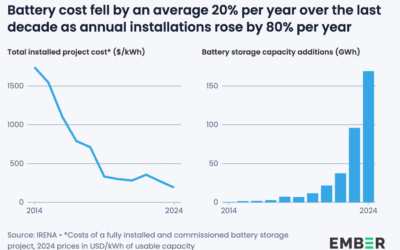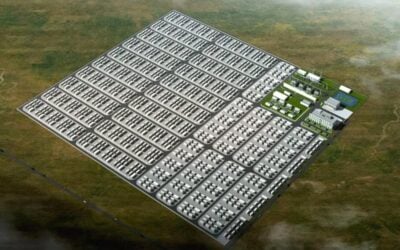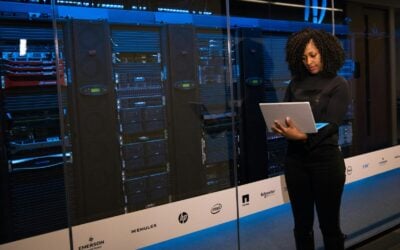
On May 14th, China’s National Development and Reform Commission (NDRC) and the National Energy Administration (NEA) jointly issued the “Basic Rules for the Operation of the Power Market” (hereinafter referred to as the “Rules”).
These rules will officially come into force on July 1st, 2024.
This marks the first time in 20 years that China’s power market operation rules have undergone changes. Compared to previous and existing legislation, the new rules include significant revisions and are intended to improve various aspects of market design and operation.
Firstly, the new rules further clarify the qualifications of power market participants and make specific provisions on the rights and obligations of various types of market players.
Try Premium for just $1
- Full premium access for the first month at only $1
- Converts to an annual rate after 30 days unless cancelled
- Cancel anytime during the trial period
Premium Benefits
- Expert industry analysis and interviews
- Digital access to PV Tech Power journal
- Exclusive event discounts
Or get the full Premium subscription right away
Or continue reading this article for free
According to the document, new types of business entities such as energy storage companies, virtual power plants (VPPs), and load aggregators have been added to lists of eligible and qualified power market members while the market registration management system has been widely promoted.
For the first time, capacity trading has also been included in the scope of power trading. It has grown to be one of the three major types of transactions alongside energy trading and ancillary service trading.
The subject of capacity trading is the output capacity that can reliably support the maximum load in a certain period in the future provided by generating units, energy storage, etc.
Changes ahead for China’s ancillary services, power trading markets
In line with the construction needs of China’s future power system, efforts will gradually be made to establish a market-oriented capacity cost recovery mechanism. This includes exploring ways to guide operating entities to invest rationally through capacity compensation and capacity markets to ensure a long-term capacity abundance in the power system.
It should also be noted that the document has refined the definitions and trading methods of power and ancillary services trading. According to the trading cycle, power trading is divided into long-term and spot trading.
Ancillary service trading includes paid ancillary services such as frequency regulation, backup, and peak shaving.
Power trading can be carried out through bilateral and centralised trading methods, and qualified auxiliary services providers are chosen by way of market competition.
Furthermore, the new rules have also strengthened the regulatory measures for power market operation. By setting stricter market access thresholds and intensifying the crackdown on market manipulation, the aim is to prevent and curb phenomena such as market monopoly and unfair competition, ensuring the stable power market operation.
At the same time, the new regulations have also proposed higher penalty standards for violations.
Energy-Storage.news’ publisher Solar Media will host the 2nd Energy Storage Summit Asia, 9-10 July 2024 in Singapore. The event will help give clarity on this nascent, yet quickly growing market, bringing together a community of credible independent generators, policymakers, banks, funds, off-takers and technology providers. For more information, go to the website.





